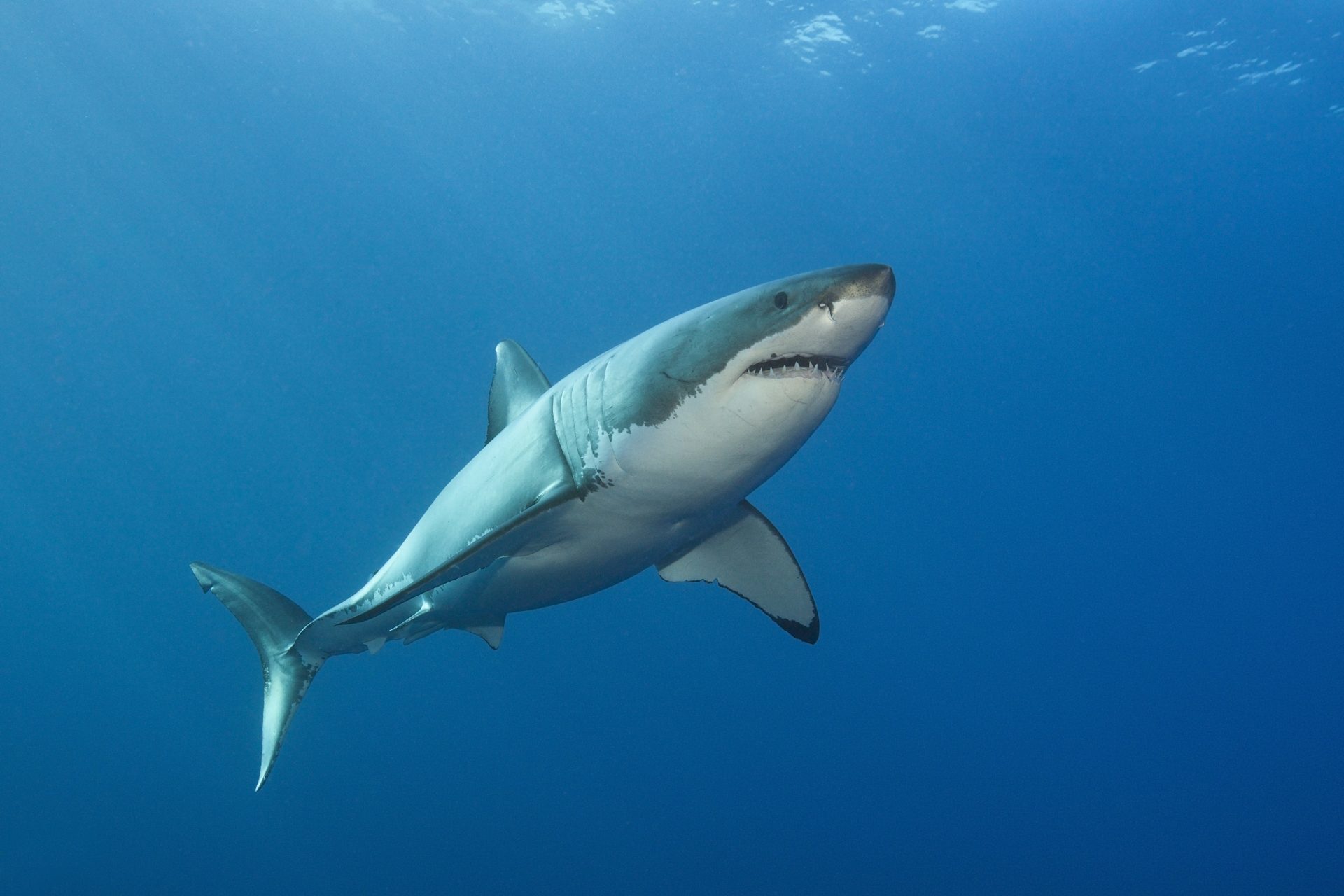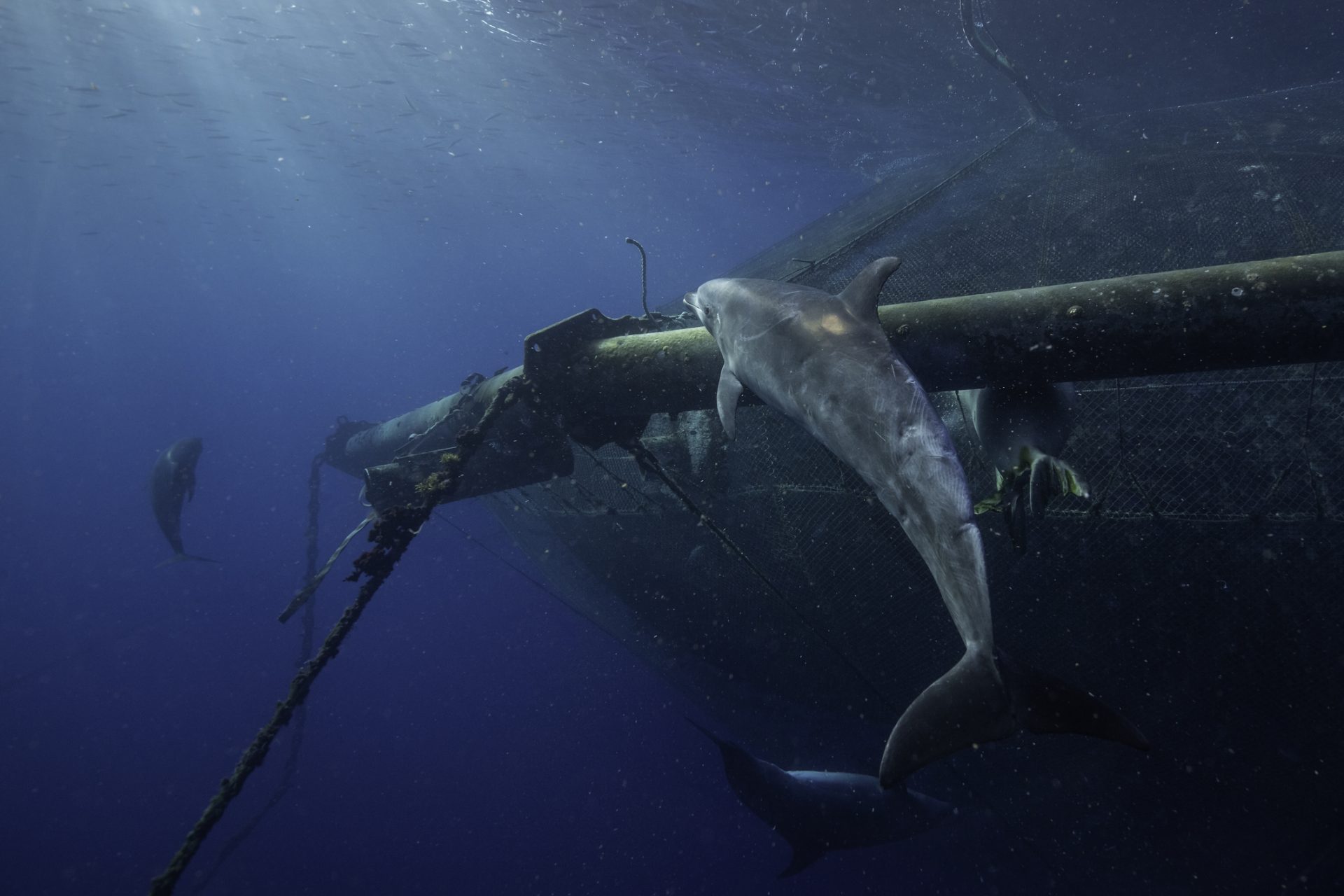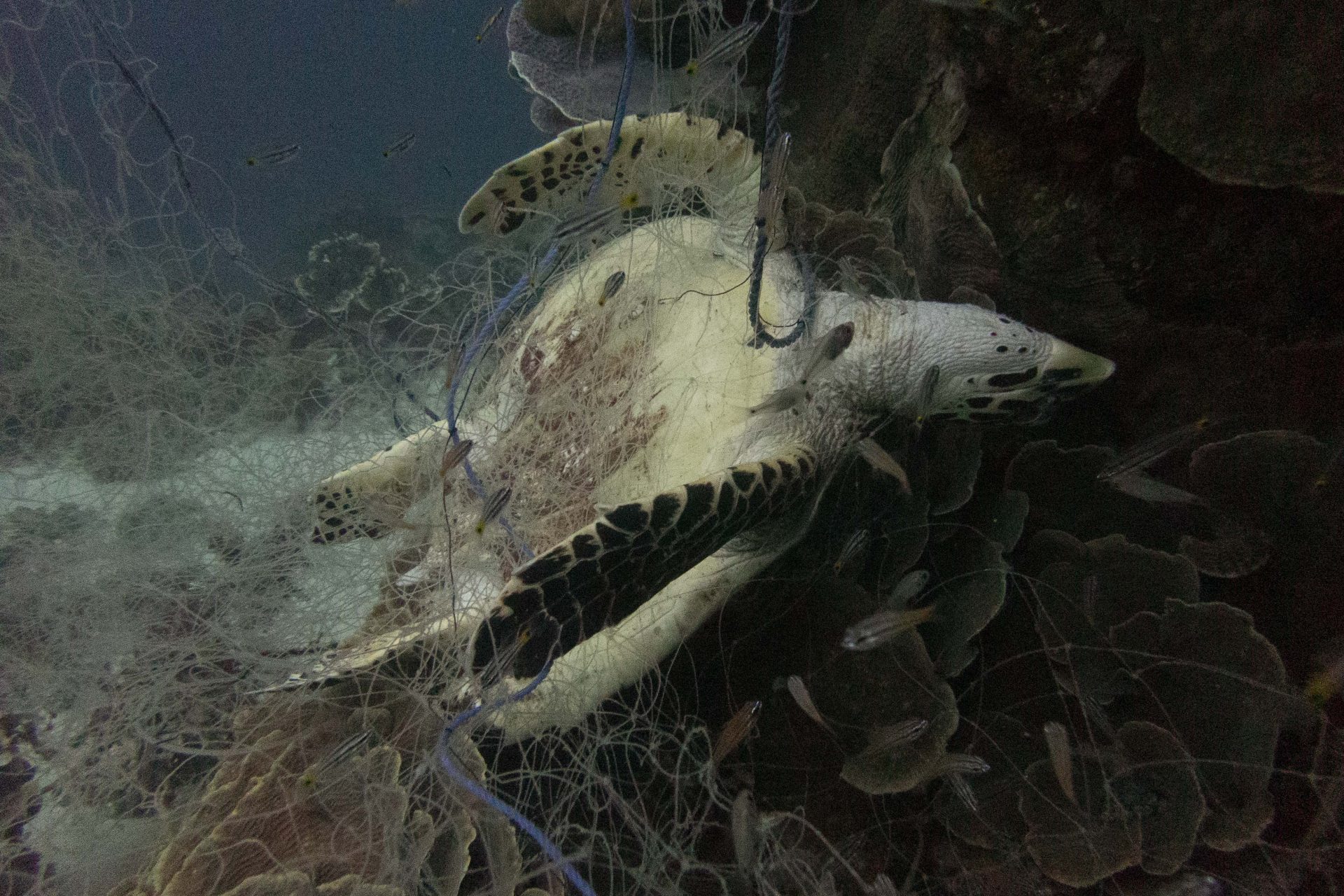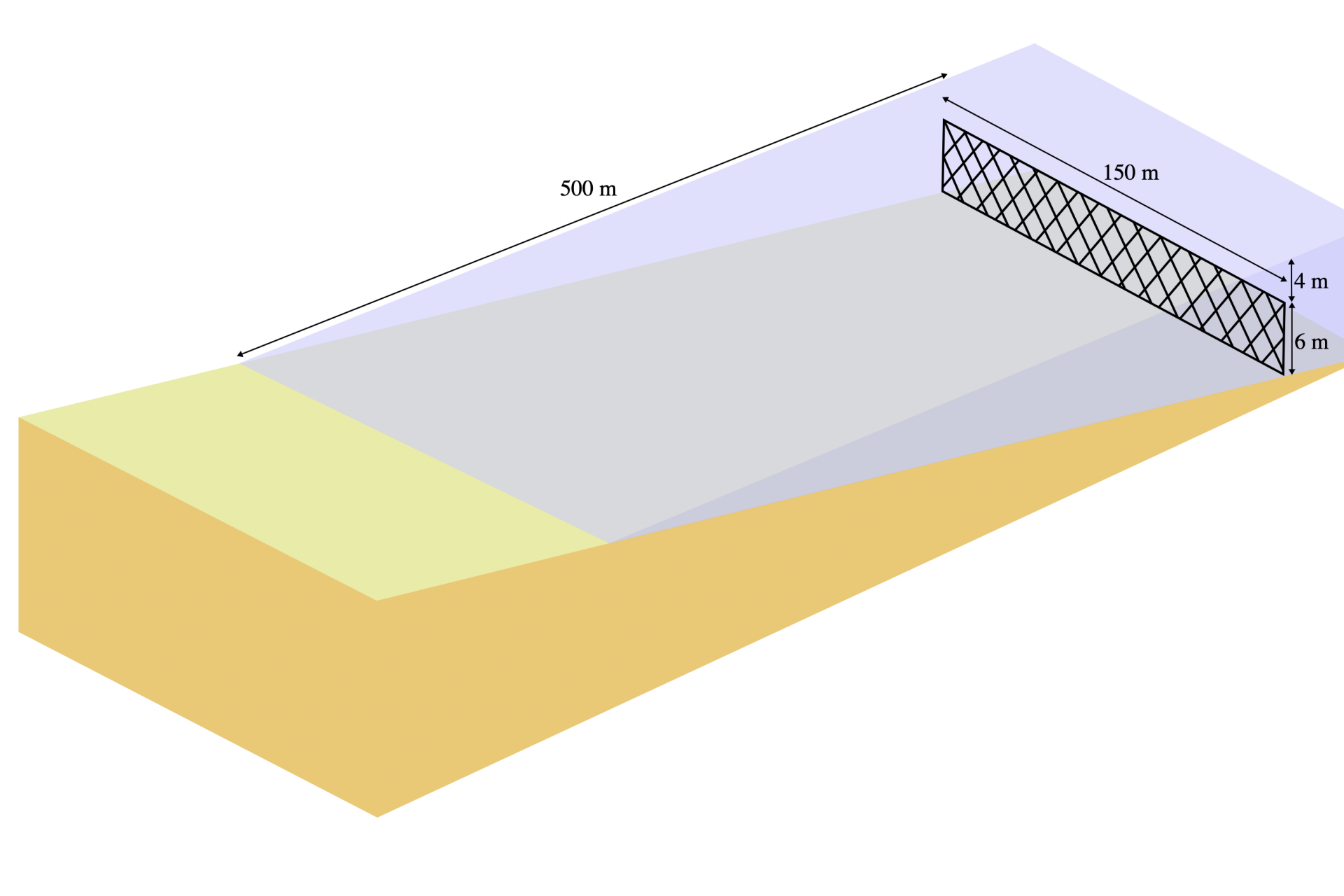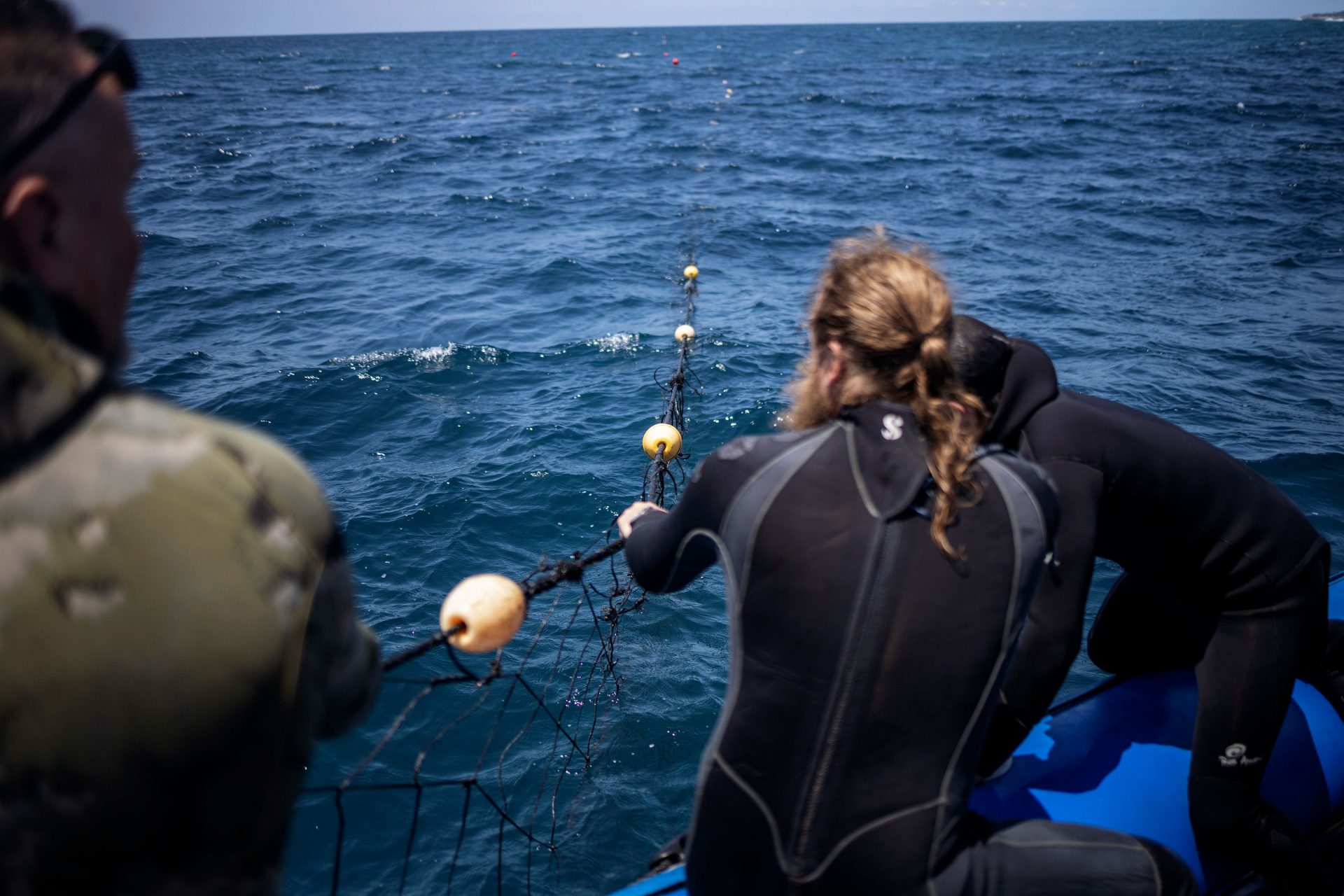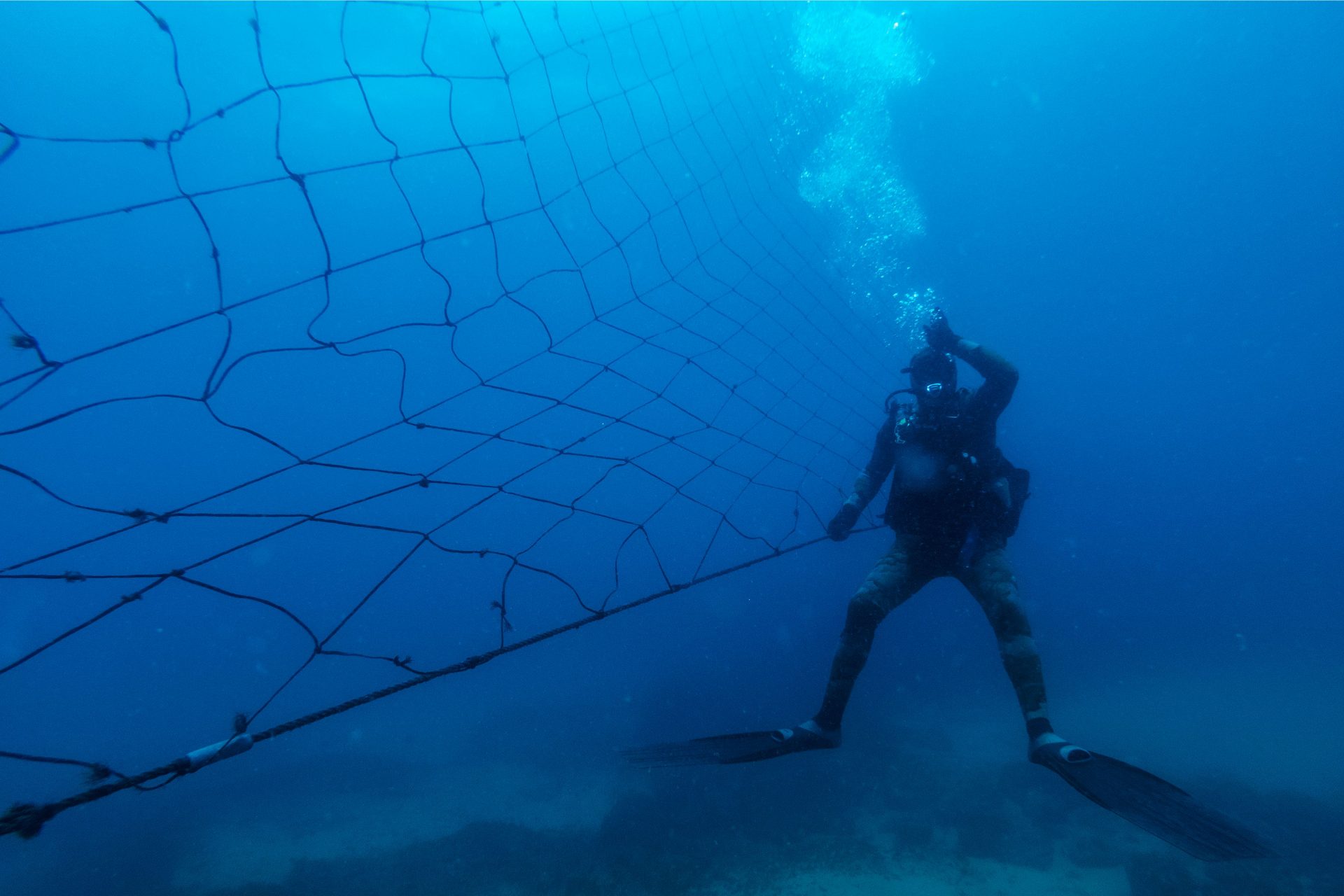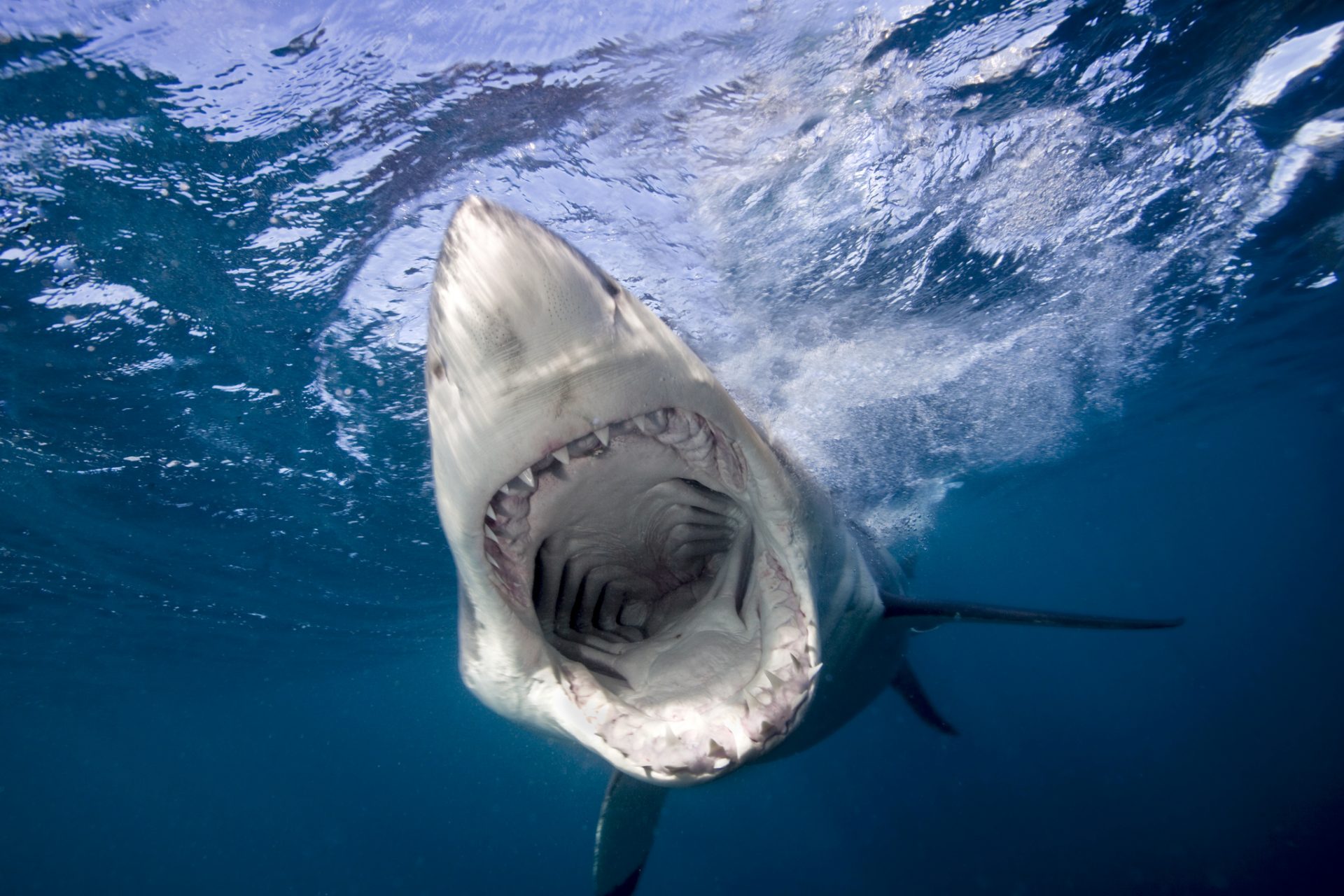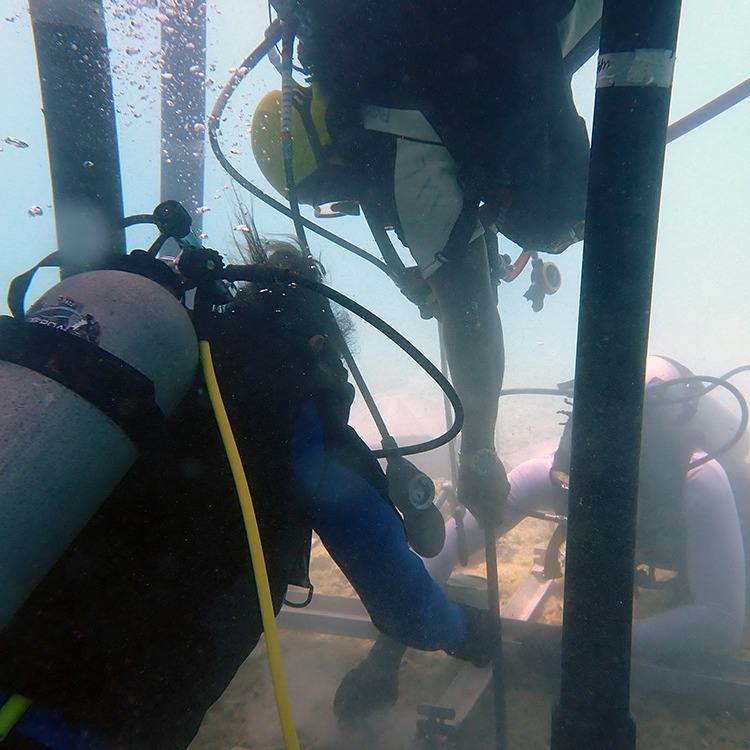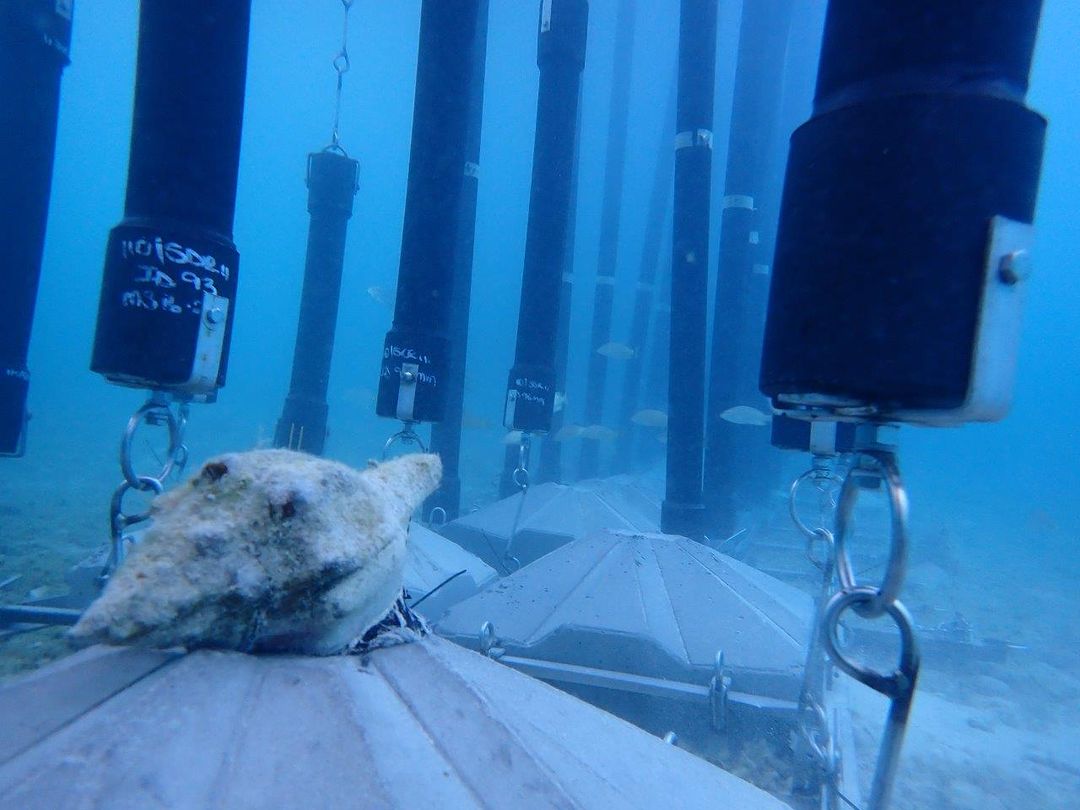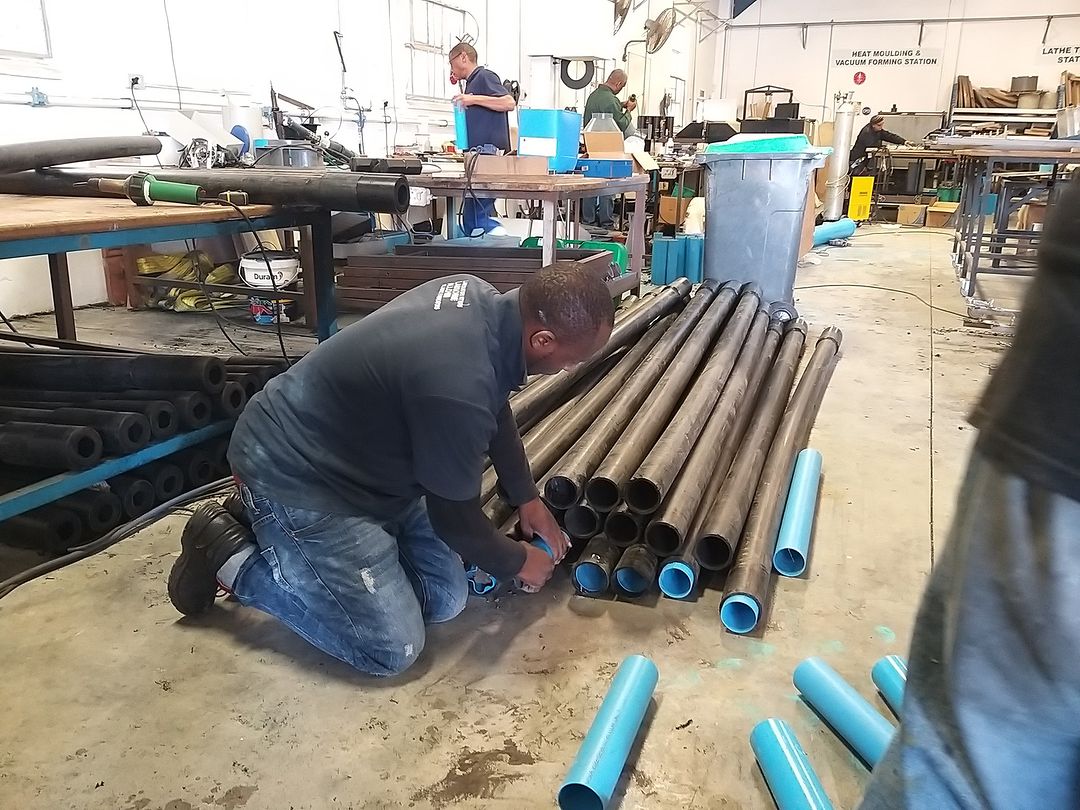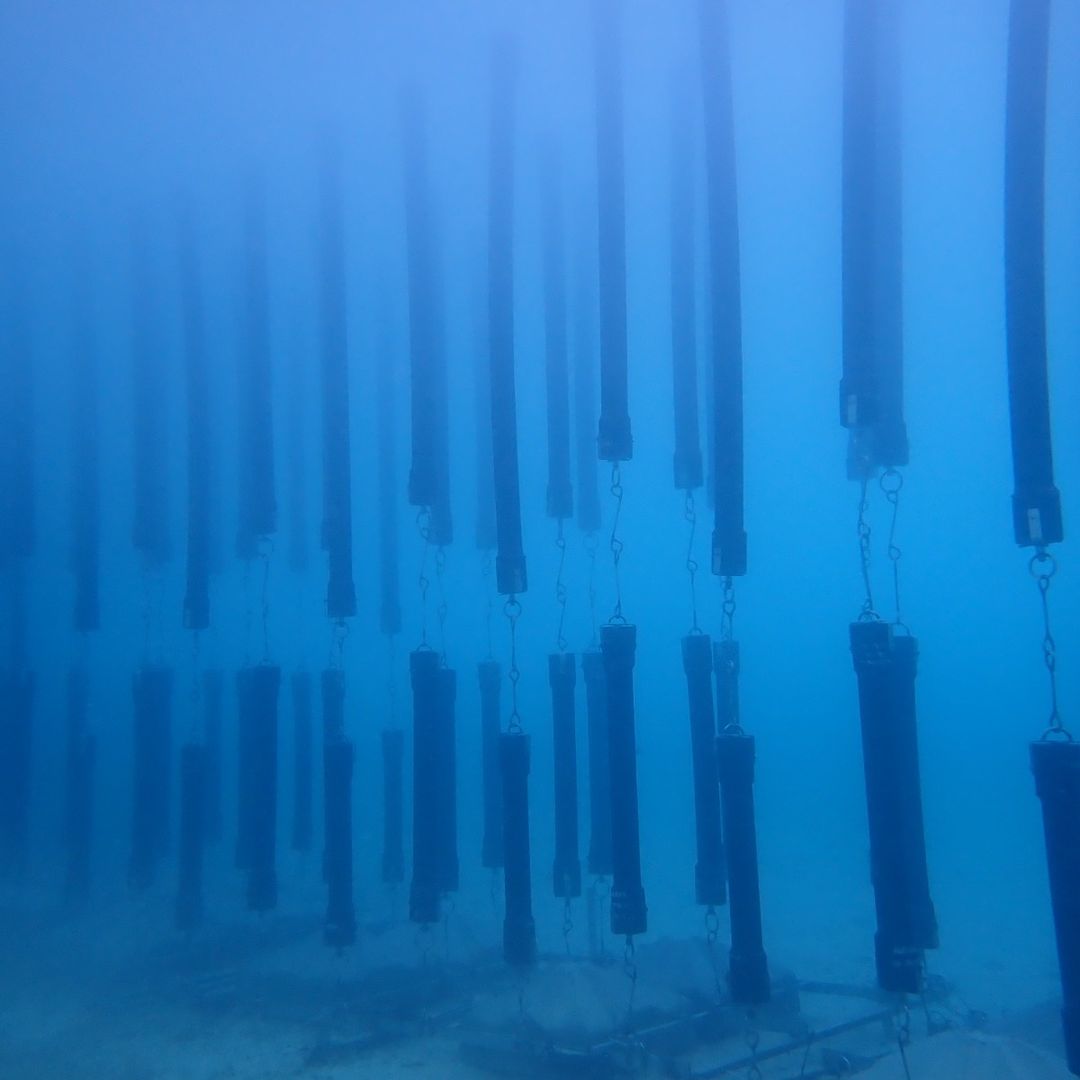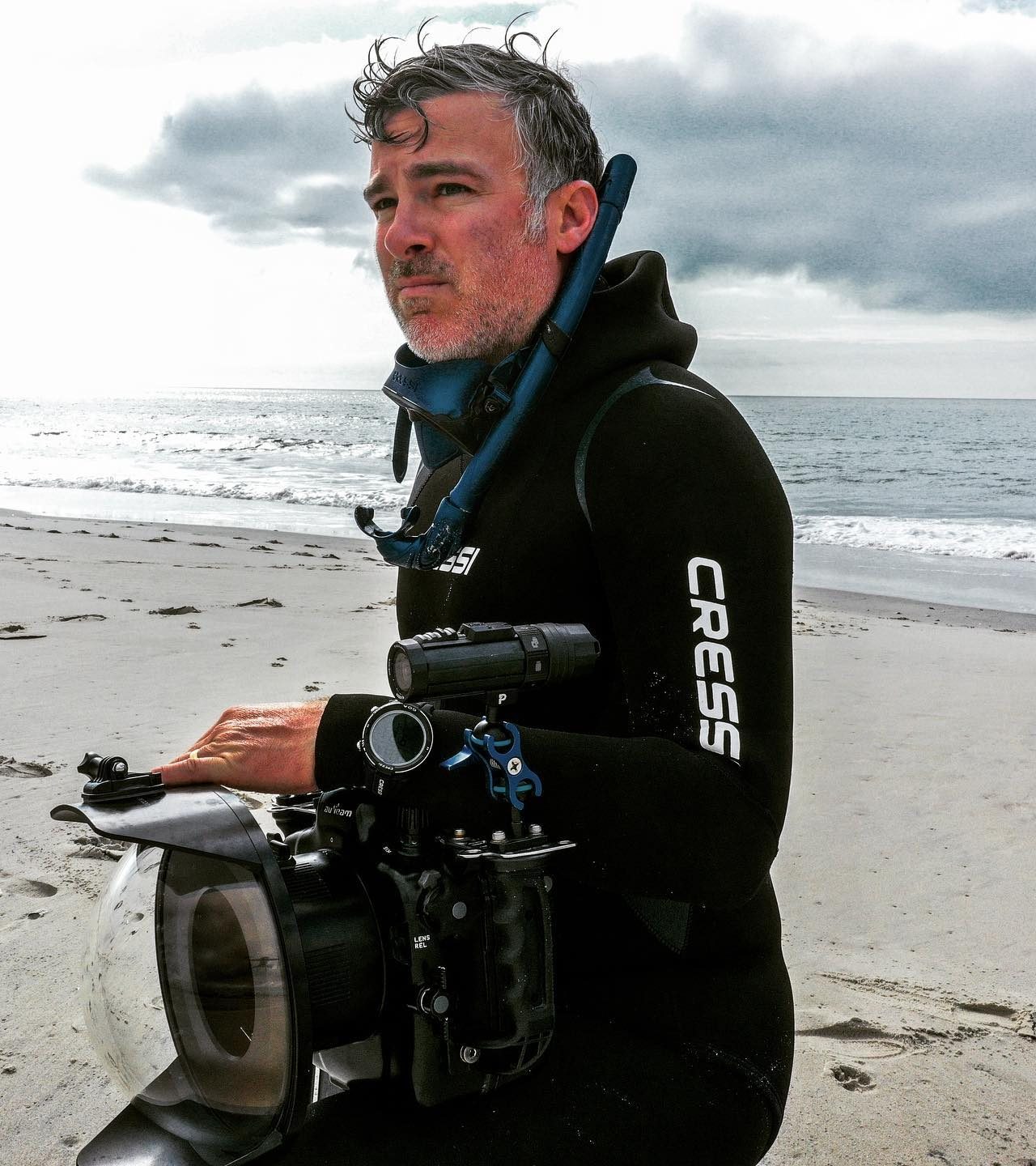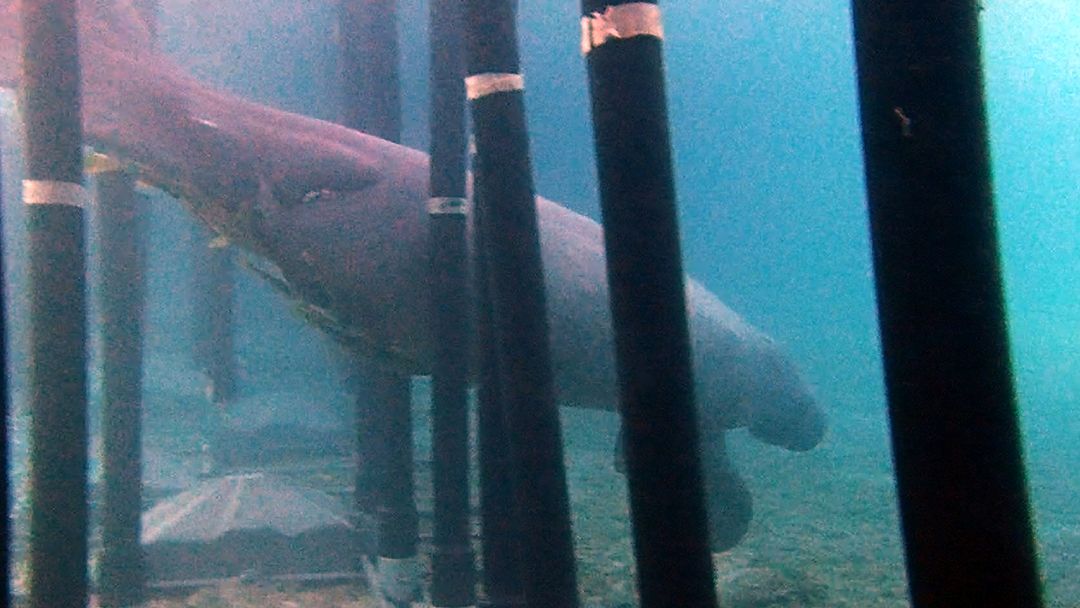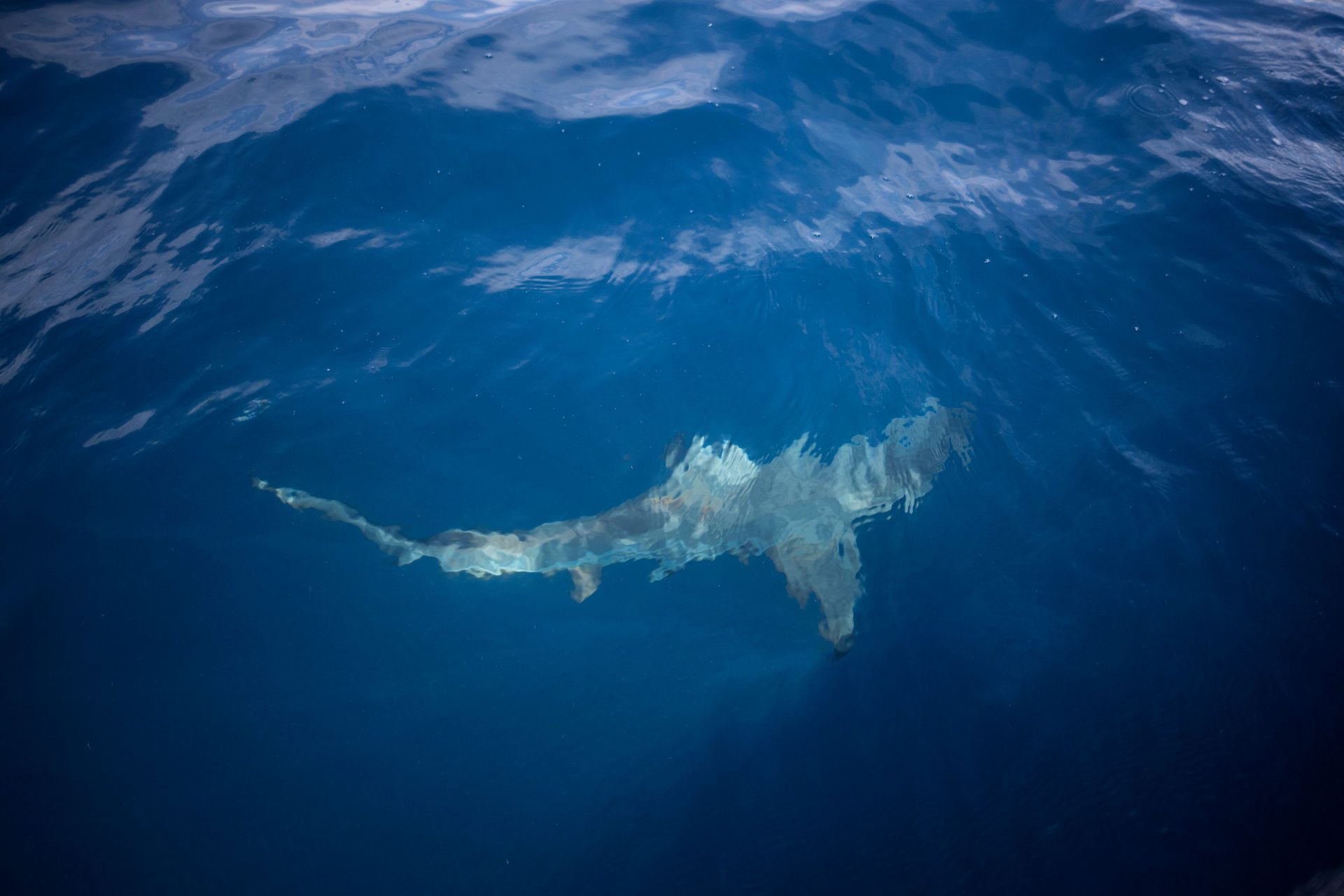A new shark barrier aims to save lives among stunning deaths
The likelihood of getting bitten by a shark while swimming isn’t very high. People are 3000 times more likely to drown than attacked by a shark according to Field & Stream. But that doesn’t mean protecting ourselves against sharks isn’t important.
One of the ingenious solutions humans have thought up to protect ourselves from attack while swimming in the ocean is special nets that keep sharks away from the swimmers frolicking in their natural habitat. But these nets are very bad.
Not only do shark nets come with a high environmental cost, but they also tend to kill lots of sea life each year due to the mission of the nets. Sharks and a number of other species in the ocean get caught up in the mesh of the nets and die.
Shark nets were actually designed to catch and kill sharks while not acting as a barrier to a beach for other species according to The Guardian. However, the data on what’s being killed in a shark net can be truly shocking for someone unaware.
Photo Credit: Wiki Commons By DennisM
In 2021, an annual report from the government of New South Wales in Australia showed that only 40 of the 375 animals killed in the region's 51 shark nets during a single season were sharks while the remainder came from a variety of diverse sea creatures.
Marine Biologist Lawrence told The Guardian that the deaths were caused by outdated technology, explaining that shark nets were over a century old and that humans would not use such an old technology in other facets of their lives.
With sharks attacking humans an average of 70 times a year in recent years according to Field & Stream, it may be time to reconsider the technology that is being used to protect people from sharks, which is something already being done.
SafeShark Barrier takes a unique approach to the question of how best to prevent the possibility of a shark attack and they’ve manufactured a solution that not only protects humans but also saves sharks and other wildlife from death.
Photo Credit: Instagram @sharksafebarrier
The system was installed in the Bahamas over the summer as part of the country’s mission to protect sharks. In 2011, the Bahamas designated its waters a sanctuary for sharks according to Business Insider’s Jenny McGrath.
Photo Credit: Instagram @sharksafebarrier
The change in designation meant that any mechanism for preventing shark attacks needed to ensure that the lives of sharks would be spared, which made the Bahamas a perfect place for SharkSafe Barrier to test its new technology.
Photo Credit: Instagram @sharksafebarrier
The SharkSafe Barrier team constructed one of its barriers made from ninety-eight-foot polyethylene pipes, cement blocks, and magnets around a private island in Berry Island and was meant to help deter sharks in two ways.
Photo Credit: Instagram @sharksafebarrier
Sharks are very sensitive to magnetic fields SharkSafe Barrier COO Sara Andreotti told Business Insider in an email, and the barrier works by overwhelming a shark system in a way that they believe won’t affect other marine animals.
"Sharks are sensitive to magnetic fields because they have a special organ called ampullae of Lorenzini distributed around their eyes and nose," Andreotti explained, adding the SharkSafe Barrier was "a real shock to the system."
Moreover, the polyethylene pipes look a lot like a thick kelp forest and this helps prevent sharks from entering an area according to Andreotti, who explained that sharks typically don’t like swimming through kelp.
Photo Credit: Instagram @sharksafebarrier
SharkSafe Barrier is critical of the use of shark nets and Andreotti told Business Insider that his company hopes to replace a number of shark nets in South Africa and Australia. However, the new technology has its critics.
Photo Credit: Instagram @sharksafebarrier
Craig Patrick O'Connell is a marine biologist and it was his idea to use magnets to disrupt sharks that were adopted and implemented by SharkSafe Barrier. O’Connell worked with the company until he left in 2022.
Photo Credit: Facebook @thesharkdoctor
O'Connell told Forbes in April 2022 that he didn't believe magnet technology had a future though he was proud of SharkSafe Barrier for the progress the company made in space and in the attention it brought to the issue.
Photo Credit: Instagram @sharksafebarrier
“Our scientific findings reveal a major flaw in the technology that will inevitably result in continuous shark penetration through the barrier with time,” O’Connell said.”We can use the data collected from this study and learn from it and use it to advance our field.”
More for you
Top Stories



